 | Quick Overview of Tezos: Tezos is a public, open-source, self-amending smart contract protocol, one of the biggest ICOs ever, based on a liquid proof of stake consensus model and allowing for digital asset transactions and smart contracts execution. The network officially went live in 2018 known as the Genesis block (the network has upgraded 7 times since then and is currently on the Granada block) and the native currency on the Tezos blockchain is the Tez (symbol: XTZ). Expanded detail regarding on-chain governance, LPOS, Delegation. Tezos was founded by Arthur and Kathleen Breitman (married) and the money raised in the ICO was provided to the Tezos Foundation that is overseen by a committee/board with a variety of cryptoindustry experts. The Tezos Foundation helps oversee the Tezos ecosystem and part of the role it plays is the issuance of grants to prospective new platforms and protocols. The Tezos Foundation currently manages over $1.2 billion which is used for grants, awareness, development, marketing, etc Valuation: Figured I would cut straight to the juicy part first. I have found the best way to value smart contract platforms would be a multiple of their usage, which can be quantified by smart contract calls (“SCC”). Another way you could value these platforms is applying a multiple of TVL across the entire network, but those numbers are often inflated and not always accurate. Below is a comparison of valuations for Ethereum and Tezos: At the time of writing, Ethereum trades at a higher multiple of smart contract calls compared to Tezos. This makes sense given the fact that Ethereum’s network is much larger than Tezos and has the most widespread adoption. However, the growth in smart contract calls has slowed across Ethereum as seen in the chart below (Ethereum is currently at ~3.2M SCC per day): Tezos on the other hand is seeing exponential growth across the network and is currently averaging ~190k smart contract calls per day: Using a daily run-rate of 190k SCC per day, Tezos in September reached 5.7M+ smart contract calls. Growing 35% monthly the remainder of 2021 will mean Tezos reaches 14M smart contract calls in the month of December. As a result, by year end Tezos should theoretically be valued at $23.49 per Tez. For those who enjoy sensitivity tables, see below what Tezos could theoretically be valued at across various monthly smart contract call volumes and multiples. If you assume that there would be multiple expansion from Tezos becoming a larger network with higher usage, the valuation of $23.49 by year end 2021 at a 1.4x multiple looks extremely conservative (again, Ethereum’s multiple of SCC is 3.2x): To close this section out, below are some interesting metrics on Tezos and Ethereum at the time of writing. Ethereum Daily Transactions (1.2M): Ethereum Daily SCC (3.2M): Tezos Daily Transactions (667k, almost 60% of Ethereum's): Tezos Daily SCC (190k). Smart Contract Calls: Interaction with a smart contract, for example, initiating a “Harvest All” of farming rewards. Transactions: On chain transactions, for example, after initiating a “Harvest All” for rewards, if you are providing to liquidity to 3 different pairs then your rewards will be sent to you in 3 separate transactions Why Tezos? Secure Smart Contracts: the process of formal verification, based on Michelson programming language, provides the mathematical proof of the correctness of the contract, that can be verified automatically. It is the golden standard of "trustless" guarantee in a blockchain system. Participative Governance: "Bakers" can submit and/or vote on a propose due to the very efficient on-chain formal voting procedure. By extension, all Tez holders can express their opinion by delegating their Tez to a Baker that shares the same view on a given subject (to consult the voting history of a given baker, click on a baker from the then access the "voting" tab) Proven Upgradeable Network without Forks: Tezos’ formal on-chain governance model has already allowed for 7 (yes, 7) smooth, successful upgrades of the Tezos protocol and lets Tezos stay on top of innovation (Granada was the most recent upgrade: This is a major advantage over other blockchains and gives Tezos the ability to quickly incorporate proven features of other chains or innovate with proprietary upgrades (liquidity baking: Additional notable upgrades include reduction of gas fees and block times (now 30 seconds), TPS (now around 200). While all this is great, what makes Tezos exciting is that there are always additional network improvements on the horizon, specifically the TenderBake upgrade coming sometime in Q4 2021/Q1 2022 will push that up to 1000 TPS and near instant finality meaning block times will be 1 second or less. Energy-efficient/Low gas fees: Tezos has been quoted at being 8000x less expensive and more energy efficient than its peer Ethereum. POS requires significantly less energy than POW (which is part of the reason Ethereum is looking to upgrade to ETH 2.0) POS Staking and Deflationary Economics: At each block, 80 new Tezos are created and distributed to the bakers and then to respective delegators. Currently you can earn between 5%-6% in rewards by staking your Tezos with a baker with ~80% of all Tezos currently staked (you can delegate your Tezos to a baker through Ledger Live, for example). You can also stake with centralized custodians such as Coinbase, but as the saying goes “not your keys, not your coins” and they also take a hefty fee leaving you with closer to 4% returns. The big misconception with the POS concept is that many people confuse Tezos with being inflationary (they think in % terms) when in reality the % will decrease over time because it is based on the amount of Tezos created at each block, which over time is divided by a larger Total Supply (i.e. Tezos is deflationary). As many of you are aware, Ethereum is attempting to switch to POS with ETH 2.0, so it is a similar concept but extremely hard to implement without having to fork the network. In the last section of this post, I provide an overview for beginners looking to stake their Tezos and earn 5-6%, which is a safe and secure way to earn a modest return. The recent Granada proposal that went live at the end of July added a new DEX contract to the Tezos protocol between Tez and tzBTC. This contract is unique because the protocol itself creates additional Tez at every block (2.5) and adds them to the contract. This incentivizes users to provide liquidity to the contract in order to capture a portion of the subsidy (this added bonus to liquidity providers is set to expire 6 months after the upgrade went, so it is not permanent). I’m Intrigued, Where Do I Start? All major CEX allow you to trade Tezos – if you’re looking for DEX/AMM I would point you to Plenty and Quipuswap . Kukai and Temple are great wallets to use (similar to Metamask) that allow you to manage your Tezos and various FA1.2 and FA2 tokens (which are Tezos’ equivalent to ERC20 / ERC 721 tokens, although FA2 has NFT capabilities for example, so it is not apples to apples). I typically link my Ledger Nano to Kukai which allows me to 1) view my Tezos and FA1.2/FA2 tokens and 2) interact with platforms such as Plenty to stake/farm/trade at extremely low gas fees (we are talking gas fees in USD pennies). If you have ERC20 tokens, you have the ability to WRAP those onto the Tezos network (examples include: wLINK, wAAVE, wWETH, wWBTC, wBUSD, wUSDC, wMATIC, etc.), you can actually do that on Bender Labs’ WRAP platform. It is extremely easy and is an efficient way to get 5 your tokens onto the Tezos network to start playing around with DeFi on Tezos and earn high interest from farming. Below is a screencap of some (not all) of the farming options offered by Plenty – I encourage you to visit their site and poke around. Right now, Plenty offers high rewards in the form of Plenty DAO, which is extremely lucrative at the moment, and I would recommend anyone looking to dip their toes in DeFi to give this a shot. APRs currently are in the high 300%-400% (these APRs are not updated to reflect the temporary double rewards that are shown in the picture below so it is even higher at the moment). You will be amazed at how far less expensive it is to use DeFi on Tezos versus Ethereum which makes it more fun to interact with (again, gas fees are pennies). Even if you believe that Ethereum will hold the throne in the realm long term, you can still earn a significant amount of Plenty and exchange it over time to your favorite ERC-20 tokens that are wrapped on Tezos, and then unwrap them onto the Ethereum network (although once you see the fee difference between Tezos and Ethereum you may not want to!). QuipuSwap is also a great reliable DEX that is similar to Plenty. Personally, I have found Plenty a bit easier to use and the rewards are better than any other DEX built on Tezos (QuipuSwap does offer a few more trading pairs at the moment). Again, providing liquidity has its risk of impairment loss, but currently the reward potential seems to outweigh that risk at least in the near term. APRs of 300%+ you should be yelling sign me up! Broader Tezos Ecosystem: As you will see below, the Tezos ecosystem is robust and flourishing with many different platforms and projects across a variety of buckets. One recent notable partnership that is noteworthy is the 6 launch of OneOf , a green NFT platform built on Tezos that connects artists and fans via NFTs. This partnership highlights the focus on the “Green”/energy efficient movement a lot of companies have and exemplifies that Tezos is the perfect network for that (in addition to its other advantages). Adoption of NFTs on Tezos have been exponential, those that currently are in the space might be familiar with Hic Et Nunc (which means "here and now") which is the most popular NFT marketplace on Tezos. For those looking to get into NFTs on Tezos, I would start here. But what about Solana/DOT/Cardano? These platforms do share (according to their white papers) some similar characteristics to Tezos. One thing that makes them really stand out in the broader market is the incredible amount of marketing that each network and their teams have done. However, as many of you know, the hype created around coins often outweighs the actual fundamental value until the platform can actually prove out the concept and execute. Marketing, roadmaps, and hype only end up working for so long unless there is actual adoption of the network. At some point, these platforms will either succeed or fall hard on their face. Tezos on the other hand has taken a different approach over the past 3 years and instead focused on building out a strong ecosystem that has tangible widespread use (second to Ethereum as far as daily/monthly smart contract calls which is the main indicator of a smart contract network usage). Keep in mind that smart contract calls and transactions are two different things and are often times confused as being the same. The Tezos strategy of choosing to build out a network (first) and marketing (second) has been a point of contention within the Tezos community (the contention being the lack of marketing) which many people attribute slow price/valuation action, but the reality is Tezos is fully functional while many other smart contract networks are still a white paper / roadmap with far less adoption. What does that mean for you? You have the potential to enter a fully functioning smart contract platform that is seeing exponential growth at a steep relative value discount to where these other peer networks are trading. Cardano does not currently have smart contract capabilities (still a promise on the roadmap and in the whitepaper). Polkadot (copy pasta of ETH) is still in its testnet phase. Solana (copy pasta of ETH) is valued at $50B+ and claims to have a functioning network but can’t seem to provide public smart contract call level data. Tezos, in comparison, has a strong fundamentally established network, has proven its ability to upgrade the network with its self-amending protocol, high-profile partnerships, exponential growth via monthly smart contract calls (due to growth across DeFi, NFTs, Stablecoins, and STOs), and a solid decentralized foundation / team. I am not suggesting that these other networks won’t also continue to see success, but Tezos is a great investment considering its development over the past 3 years. Lastly, of the many partnerships that Tezos has (for example, Red Bull Racing), the one with the New York Mets (and subsequent mainstage advertisement in the stadium each game) is no coincidence. A quick Google of who the Mets owner is should have you chomping at the bit Quote: “I think we need a new term: Ethereum extenders. Because that is what they are doing. They all use the EVM and solidity. They copy paste Ethereum dapps. They inherit all the strengths and all the weaknesses of Ethereum. They are Ethereum. They are derivatives of Ethereum. (Spoiler alert: These chains exist primarily to overcome Ethereum’s gas costs. What happens to all these EVMs when layer 2 matures or Eth 2 is launched?) Just like we have Bitcoin and Bitcoin Cash, Bitcoin Gold, and Bitcoin Satoshi’s vision (not to mention all the other clones without Bitcoin in the name). We also have Ethereum, Ethereum 2 (Polkadot), Ethereum 3 (Binance), Ethereum 4 (Avax), Ethereum 5 (Tron), Ethereum 6 (Near), Ethereum 7 (Solana)…and on and on.” Vitalik, Gavid Wood and Charles HK respect: [link] [comments] |

You can get bonuses upto $100 FREE BONUS when you:
💰 Install these recommended apps:
💲 SocialGood - 100% Crypto Back on Everyday Shopping
💲 xPortal - The DeFi For The Next Billion
💲 CryptoTab Browser - Lightweight, fast, and ready to mine!
💰 Register on these recommended exchanges:
🟡 Binance🟡 Bitfinex🟡 Bitmart🟡 Bittrex🟡 Bitget
🟡 CoinEx🟡 Crypto.com🟡 Gate.io🟡 Huobi🟡 Kucoin.
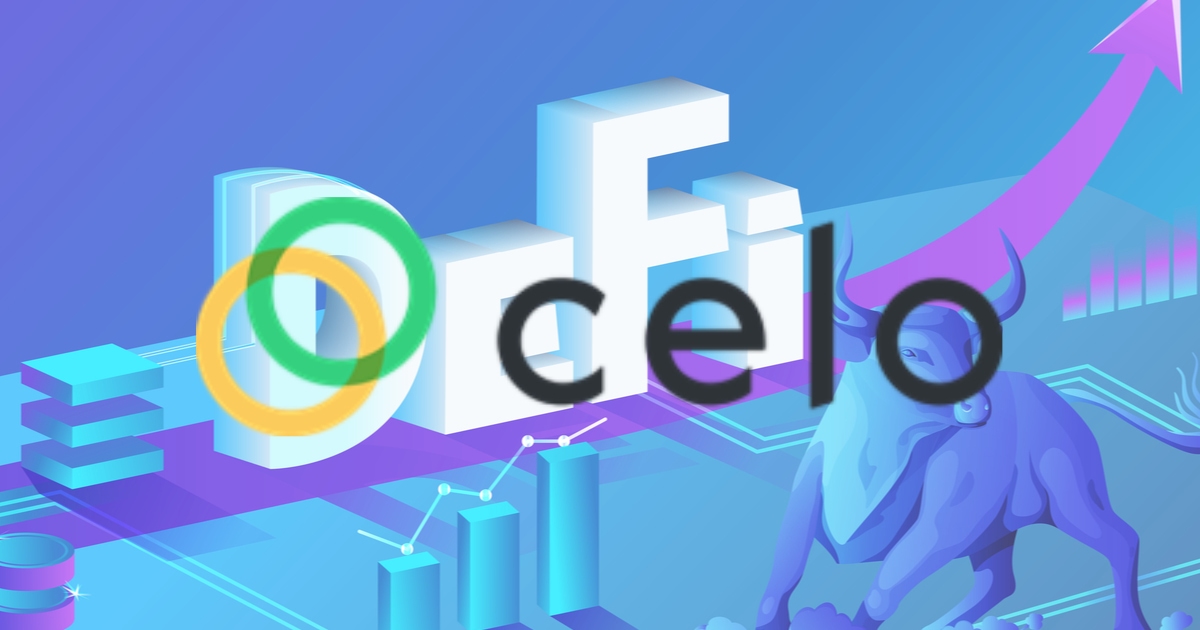





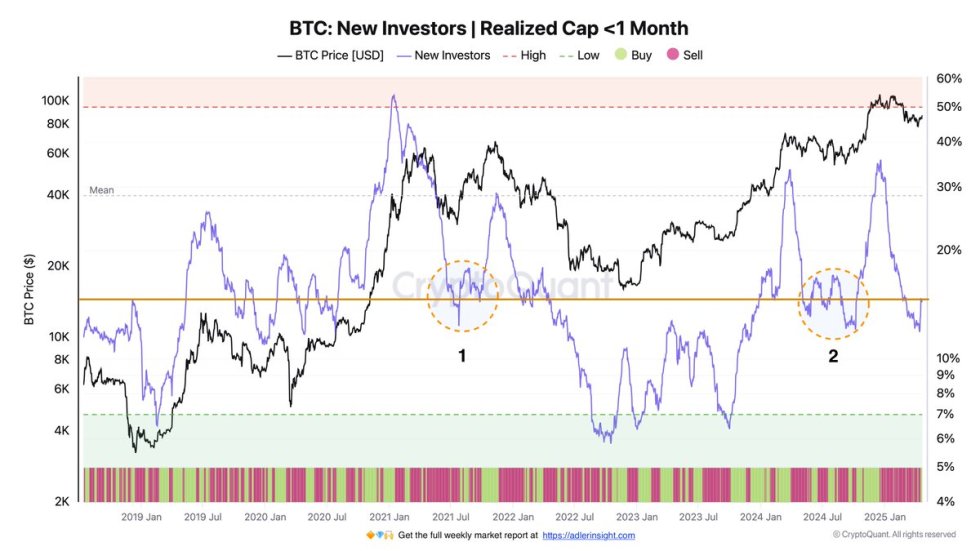

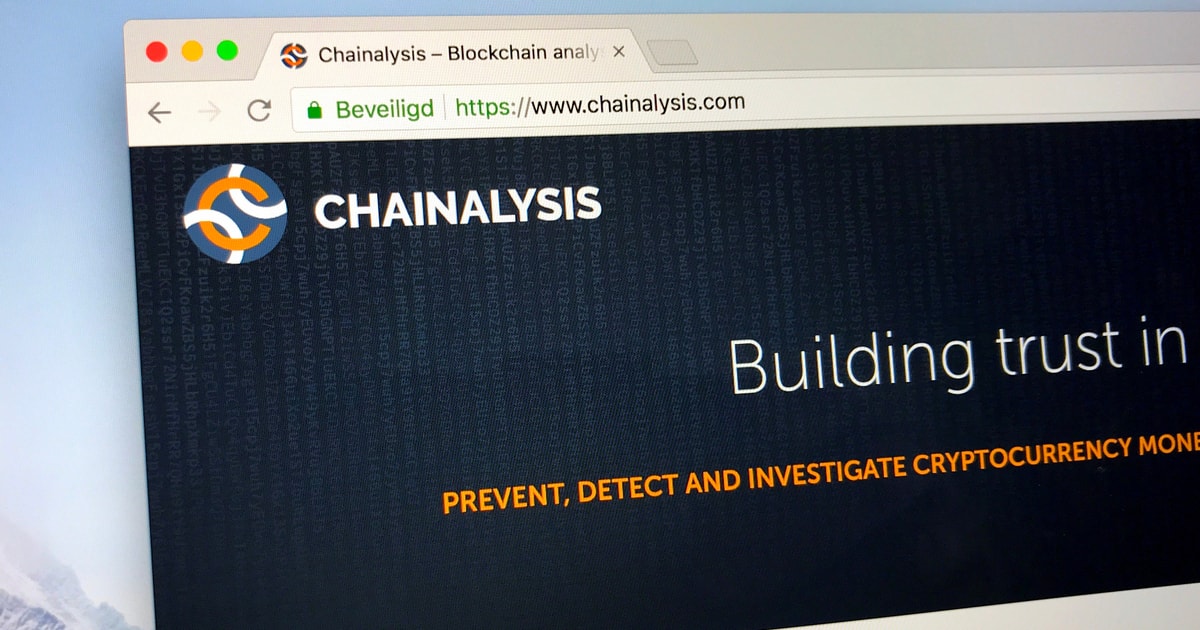
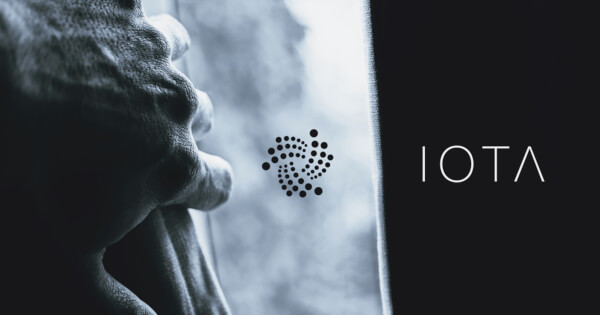

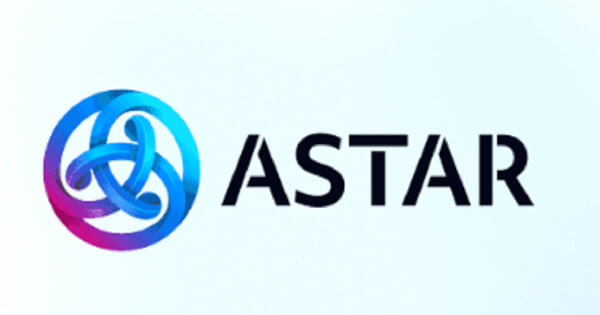
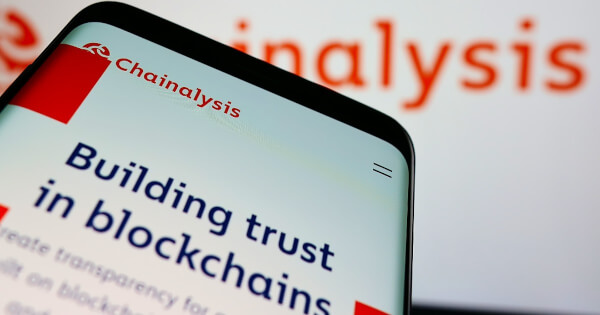
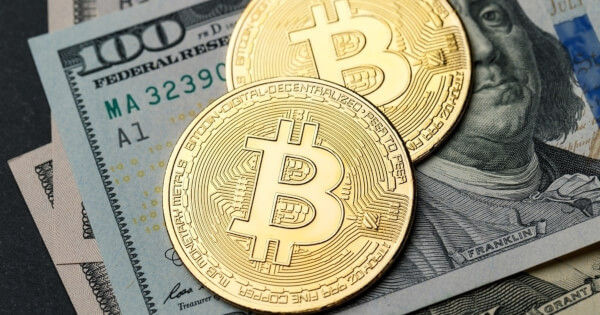
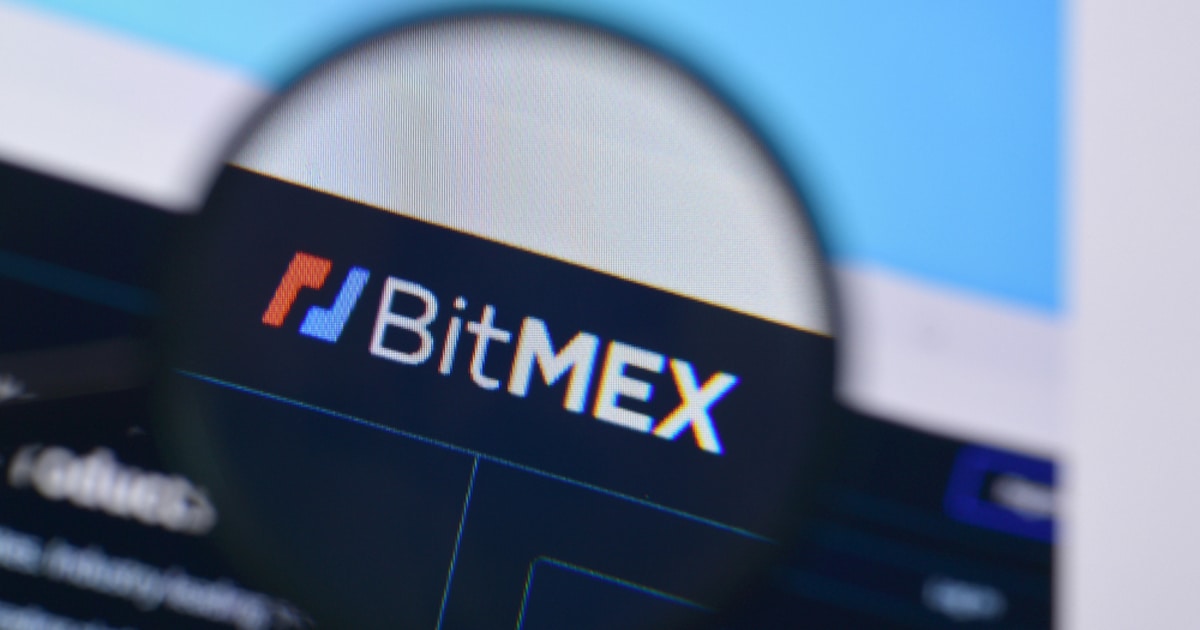
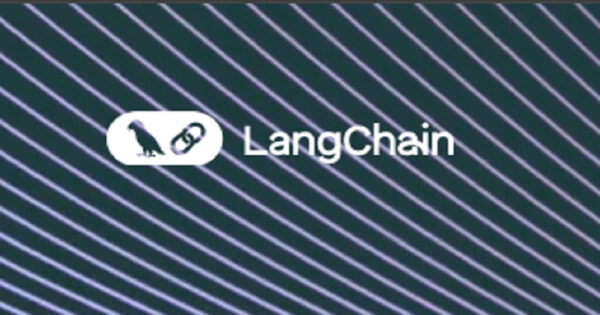


Comments